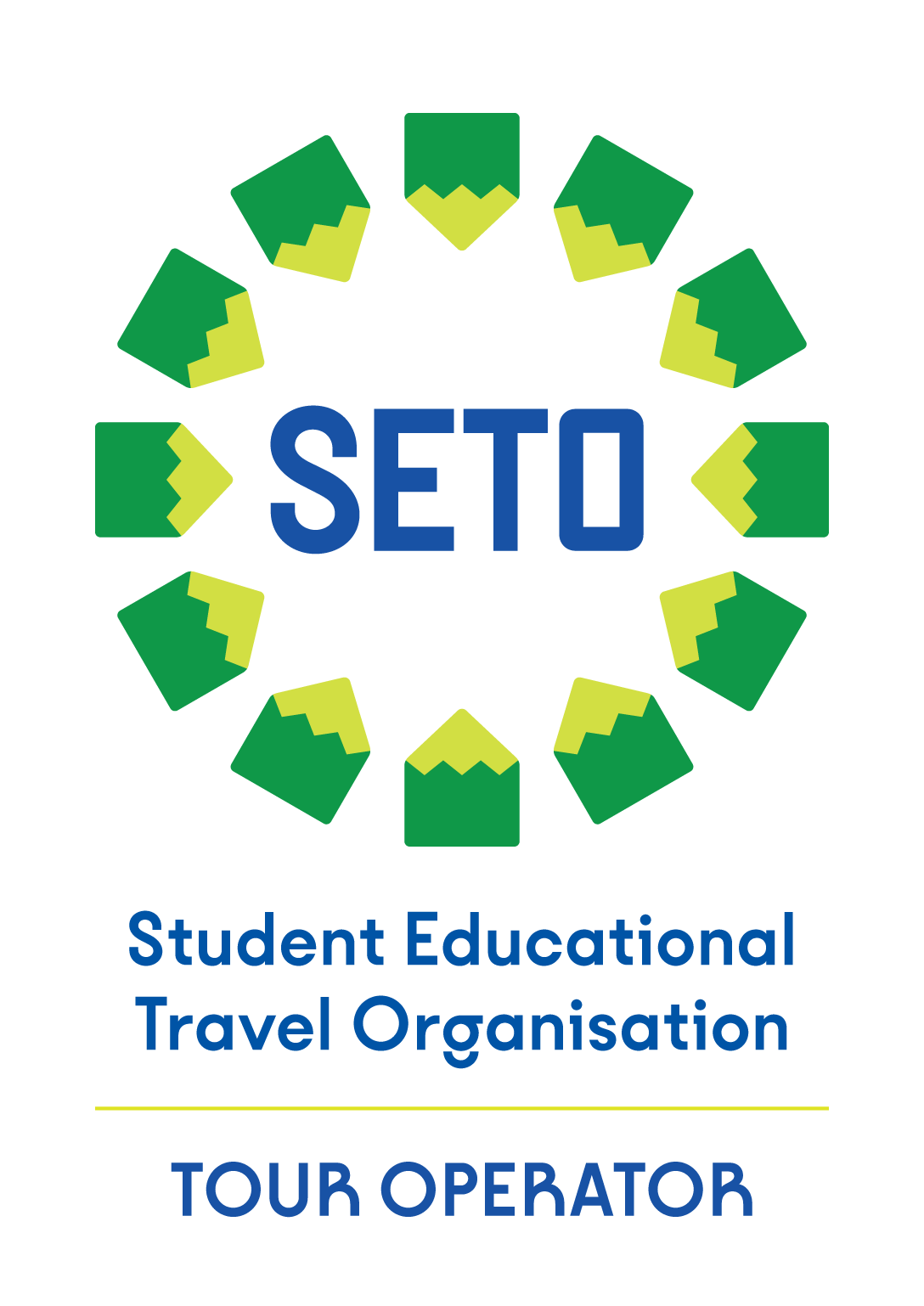The USA is an ideal destination for a school trip offering experiences to suit a wide range of students. Whether that be exposing your art students to the splendours on display at MoMA in New York or visiting Silicon Valley in the San Francisco Bay Area with your economics pupils, training like an astronaut at Space Camp in Huntsville or deep diving into the world of politics in Washington DC.
1. Define your educational goals for the trip
When planning a school trip to the USA, it’s easy to feel overwhelmed by all the destinations on offer. The best place to start is by first defining the goals of your school trip.
Planning your trip around a set of learning goals means your students will clearly understand what you are trying to teach them, and what you expect them to get out of the trip before you even leave the airport tarmac. If you're not sure how to start outlining your learning goals, ask yourself the question “What is it my students should be able to do after the trip that they cannot do now?”
2. Budget appropriately for your school trip
The USA is a big place and your school might want to visit both the east and the west coast. This means catching a number of flights, checking in and out of multiple hotels, and making your way to various museums, workshops and attractions.
Does that sounds a bit stressful? The good news is that it doesn’t have to be.
The key to reducing this stress is to go with a tour company that provides you with all-inclusive pricing and for this to include a tour guide.
Knowing from the quoting stage what it will cost for flights, accommodation, attractions, and a tour guide will reduce last-minute price changes.
Expert tip: While a tour guide might seem like an expendable cost, when your guide has helped you navigate successfully through NYC like a local, you’ll understand the true value of them. Rachael from Wellington College, at the end of their NASA trip said that ‘our guide, was fabulous and allowed the teachers to focus simply on the educational aspect of the tour rather than logistical."
3. Planning your school's itinerary
While jam packing your itinerary with educational attractions looks great on paper, don’t forget that it also needs to be attractive to students. Finding a balance of educational and fun activities is the key for a school trip to have lots of interest, and for it to be a roaring success.
Attractions like Universal Studios have STEM (Science, Technology, Engineering, and Mathematics) workshops available, which is the perfect way to balance learning and entertainment.
4. Consider offering a combined trip
When planning a school trip to the USA, one thing to consider is partnering up with another teacher or department to run a combined trip. The ideal group size for a trip to the USA is around 20 students. Those numbers can be challenging to reach for smaller schools, so partnering up with a neighbouring school or creating an itinerary with multiple curriculums focuses will broaden its attraction.
5. Start planning early
Planning and executing a school trip to the USA is a lengthy process. You’ll need to consider what the learning goals are, what experiences you want to offer your students, whether you can combine the trip with another subject or department, and have your trip approved by your school. You'll also have to address health and safety concerns, get buy-in from students and parents, and then coordinate the flights, accommodation and itinerary for your trip.
While school group travel companies like EA School Tours can help with most of these activities, if you're wanting to run a school trip, you need to start planning well in advance. Having a plan and pre-trip checklist will help you stay on top of planning your trip and avoid any last-minute surprises.
6. Fundraising
A big-ticket trip to the USA often requires fundraising efforts from a school or students. The Educational Adventures team have put together an entire blog on Creative Fundraising Ideas to help get you started.
7. Remember your 'why'
Planning a trip to the USA is a big project to take on as a teacher, even with a specialist school tour provider like Educating Adventures in your corner. However, there is an important reason schools invest time and resources into school trips.
A teacher returning from a STEM trip to the USA said that "as a result of this trip, we have three students considering picking up mechanical engineering at university, and a host of students considering STEM-related A-Levels’.
You can change the trajectory of your student's future career, which is a compelling reason to take on this project.












